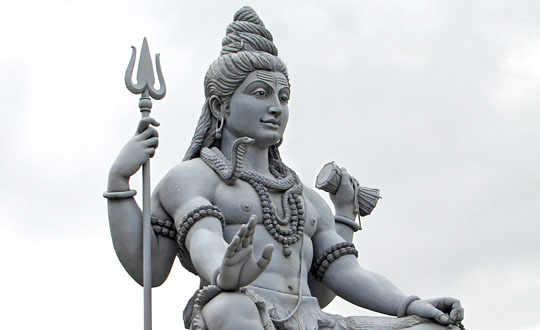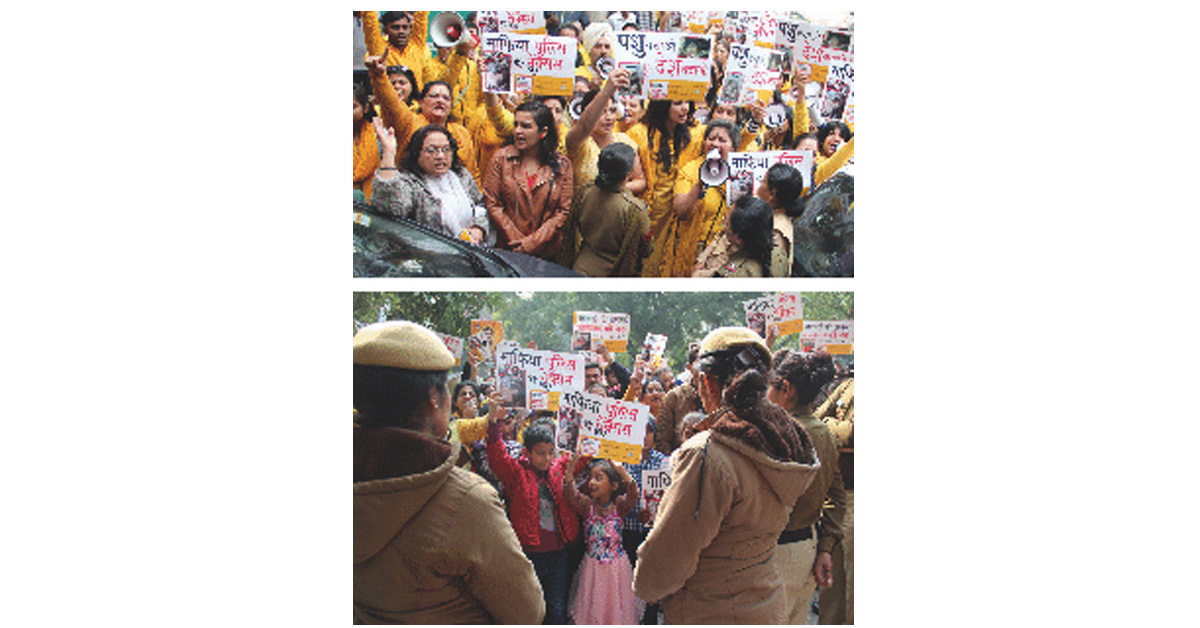The word Shiv consists of shav, which is a dead body and i, which is Shakti – the force which runs creation. This force needs a vehicle or a body to manifest into, so shav becomes Shiv and a child is born. The night of Shivratri has the power to give birth to your thoughts. It is a night of birth, a night of merger; a night of creation, a night of manifestation and a night of thought fulfillment and the one who can give you this experience of Shiv is your Guru.
Being born in the land of Bharat, I have grown up hearing stories of Shiv and Shakti; I was told that Shivratri is a night of marriage of Shiv to Shakti, an auspicious and potent night. I would see elders in the family keeping a fast, making offerings, singing prayers to Shivji…for me Shivratri meant a holiday from school. I could not see the sense in celebrating an event that occurred centuries and maybe millennia ago. For me, Shiv and Shakti were protagonists of a puranic story, I was oblivious to the world of energy…till I came to Dhyan Foundation, till I met Yogi Ashwini.
Having experienced the subtler energies with Sanatan Kriya, I know for sure that the night is special but being in the company of those who understand the energy world, I know it is not about rituals, it is a night of internalizing and accessing the force of Shiv within, under the sanidhya of your guru as Shiva visits the bhuloka. Last year, on this night some sadhikas while coming for a havan at Dhyan Ashram, rescued a bull (nandi of Shiv) that was hit and left…the thought was born and it manifested as ‘Save a Cow’, an initiative that provides for more than 5000 cows and bulls daily and has added over 500 cows to the Dhyan Ashram family in just one year.
Shivratri this year saw the sadhaks fend for these cows, as well as other animals on the street and feed the poor through countrywide langars all day. The evening saw havans being performed to aid the creation. As the night progressed, Yogi Ashwini took the sadhaks through an experience of the subtler worlds with his powerful chants and thoughts of the inner world. Those present, reported divine visitations and experiences, which take years of sadhna to manifest, in just one night.
The efficacy of a vedic mantra depends on the correctness of its chant; faulty pronunciation of even a single alphabet changes the entire meaning. Taittiriya Samhita narrates the story of Tvashta in this regard. Tvashta performed a sacrifice to destroy Indra. He used the mantra, ‘indrashatru’ to manifest his thought. However, he placed a lofty note on the word ‘indra’ instead of ‘shatru’ because of which the meaning of the word changed from ‘slayer of indra’ to ‘the one who will be slain by indra’ and thus the son, Vrutra, so born to him was defeated by Indra, just because of a pronunciation defect…
To quote from Panini Shiksha,
मन्त्रो हीन: स्वरतो वर्णतो वा मिथ्या प्रयुक्तो न तमर्थमाह ।
स वाग्वज्रो यजमानं हिनस्ति यथेन्द्रशत्रु: स्वरतोऽपराधात् ।।
(A mantra devoid of the correct vowels (svar) and consonants (varna) is faulty and does not convey its intended meaning. It is like a verbal thunderbolt that harms the one who is chanting, as had happened in the case of erroneous pronunciation of the word, indrashatru.)
Sound is the first experience of physical creation; it releases vibrations into the environment that further translates as texture, colour, flavour and fragrances – the five qualities through which we perceive the physical creation made up of the five elements. Every sound is a specific frequency and generates a specific effect/disturbance in the world around us. The sound of a lullaby soothes while the sound of a lion’s roar creates fear, a shrill sound causes glasses to break while the snake charmer’s music tames a snake.
The vedic seers had mastered this incredible science of sound in the form of mantras, they were well aware of the high degree of specificity and precision that is required to harness the power of sound. Shiksha, one of the six vendangas, deals with the science of proper pronunciation of words and laws of euphony. Volumes have been written on shiksha by Panini, Yadnyavalkya and Vasishtha. Shatpath Brahman states that every alphabet of a word possesses some kind of strength and explains the secret of every alphabet. According to Mandukya Upanishad even mere utterance of an alphabet from a mantra is potent. Aitareya Aranyak categorises the alphabet into mute consonants, sibilants and vowels based on the sounds generated by them and further attributes specific qualities to them. According to this text, mute consonants represent the earth, fire and eye, sibilants the sky, air and ear and vowels the ether, sun and mind. To quote from Nirukta, “नियतानुपूर्व्या नियतवाचोयुक्तय:” meaning a word, the order of alphabets in it and its method of pronunciation are definite. Chanda, another vedanga, details the scheme of chanting a mantra.
Even modern philosopher Socrates reverberated what the vedic seer has known for ages, when he suggested in Cratylus that ‘names fit their referents in the virtue of the sounds they are made of.’ If we are fools enough to not believe the vedic seer, let us at least listen to Socrates and appreciate that every sound is potent and be careful of the sounds (especially mantras) that we play or are played around us.
Image: freeimages.com





